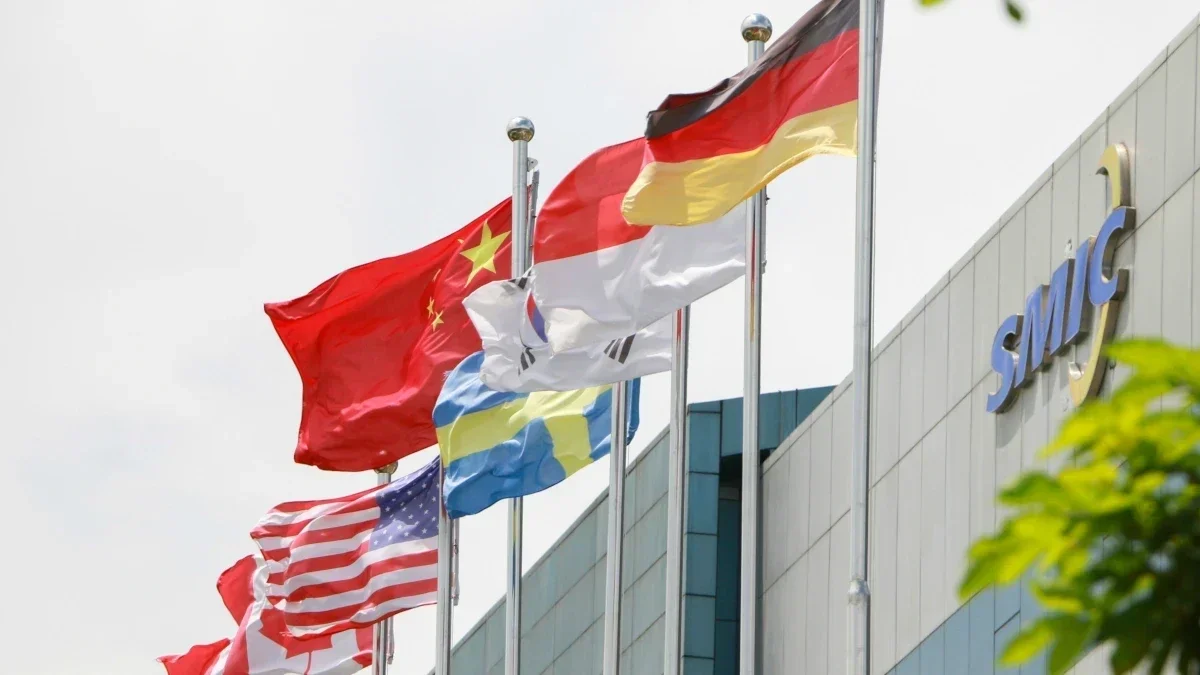Unlocking SMIC’s Untapped Potential: How It Can Supercharge Huawei’s SoCs with Existing Technology, Expert Reveals

American Sanctions Limit China’s Chip Manufacturing
Chinese foundries are facing limitations in their chip manufacturing capabilities due to U.S. sanctions. The largest foundry in China, SMIC, is now restricted to using DUV machines (deep ultraviolet lithography) instead of the more advanced EUV (extreme ultraviolet lithography) machines. This limitation means that SMIC is only able to produce 7nm chips, two process node generations behind the 3nm chips currently being produced by TSMC and Samsung Foundry.
The process node of a chip directly affects the number of transistors inside, which in turn impacts the power and energy efficiency of the chip. As chips become more complex and carry billions of transistors, the need for more advanced lithography machines becomes crucial.
This limitation has important implications for smartphone manufacturers like Huawei, which has been using 7nm chips such as the Kirin 9000s 5G chips in its devices. While these chips have allowed Huawei to produce 5G smartphones, the company will need more advanced chips for its future flagship devices like the upcoming P70 series.
However, there may be a solution for Huawei. A chip expert believes that SMIC can potentially use DUV machines to make 5nm chips through a technique called four-fold patterning. This method could allow Huawei to obtain more powerful chips, but it comes with drawbacks such as being time-consuming, reducing yield, and being expensive.
Despite these challenges, it is possible that Huawei could unveil a new device powered by a more competitive chipset in the future, thanks to advances in chip manufacturing techniques. The impact of American sanctions on Chinese chip manufacturing remains to be seen, but it is clear that companies like Huawei are exploring alternative solutions to continue producing cutting-edge devices.
